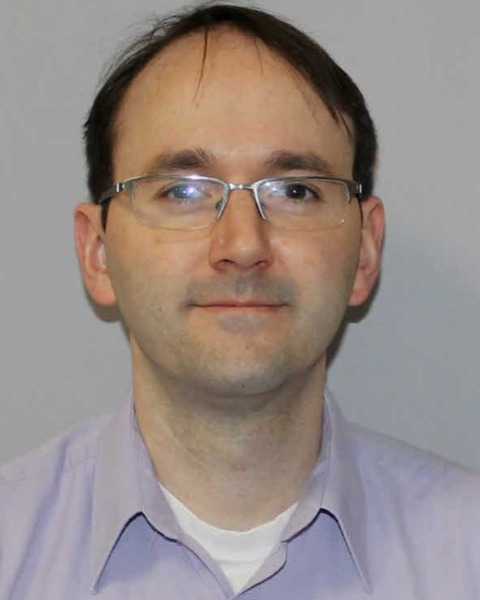Contemporary Topics
Foundations of Future Surgeons: The Critical Role of Non-Operative Training
Saturday, October 25, 2025
10:15 AM - 10:45 AM

David Upchurch, DVM, MS, MVetEd, DACVS (Small Animal)
Associate Professor of Small Animal Surgery
Kansas State University
Manhattan, Kansas
Speaker(s)
Surgical resident training programs set their trainees up for success by providing more than only intra-operative training. This lecture discusses structuring a residency to include training outside the OR, including lectures, teaching rounds, laboratories, simulations, and cadaver work. This lecture also discusses how surgeons can work together as a team to ensure the delivery of timely feedback and meet individual resident needs and requirements to help make sure the program—and its residents—are successful in passing their boards and becoming proficient surgeons.
Learning Objectives: Be able to construct a structured didactic training program for your resident program that delivers high quality education. Be able to determine the best methods to deliver resident feedback and assess resident progress for your program. Be able to determine the best way to balance oversight and autonomy in resident supervision.
Learning Objectives: Be able to construct a structured didactic training program for your resident program that delivers high quality education. Be able to determine the best methods to deliver resident feedback and assess resident progress for your program. Be able to determine the best way to balance oversight and autonomy in resident supervision.
Learning Objectives:
- Be able to construct a structured didactic training program for your resident program that delivers high quality education.
- Be able to determine the best methods to deliver resident feedback and assess resident progress for your program.
- Be able to determine the best way to balance oversight and autonomy in resident supervision.
